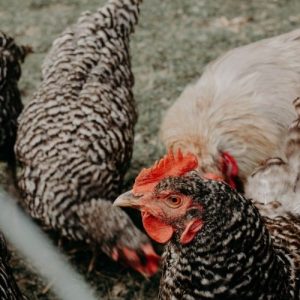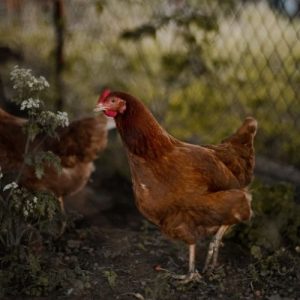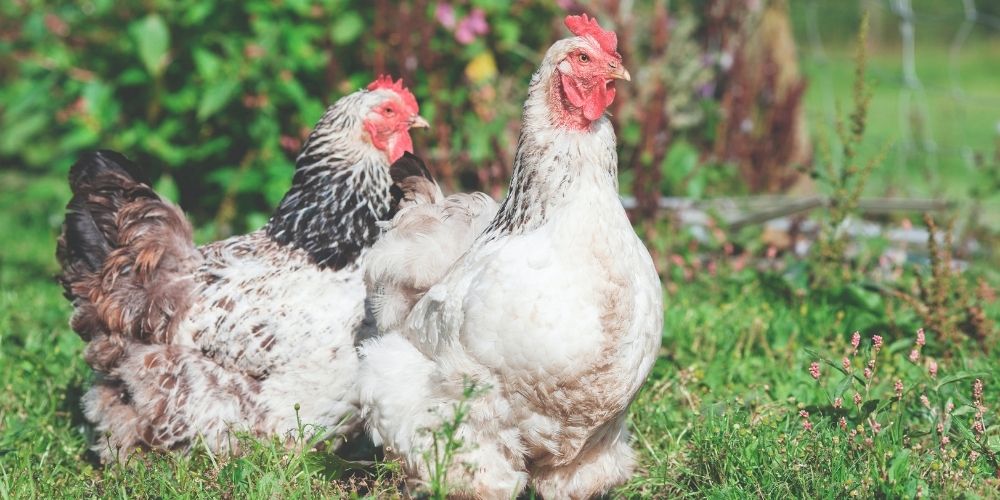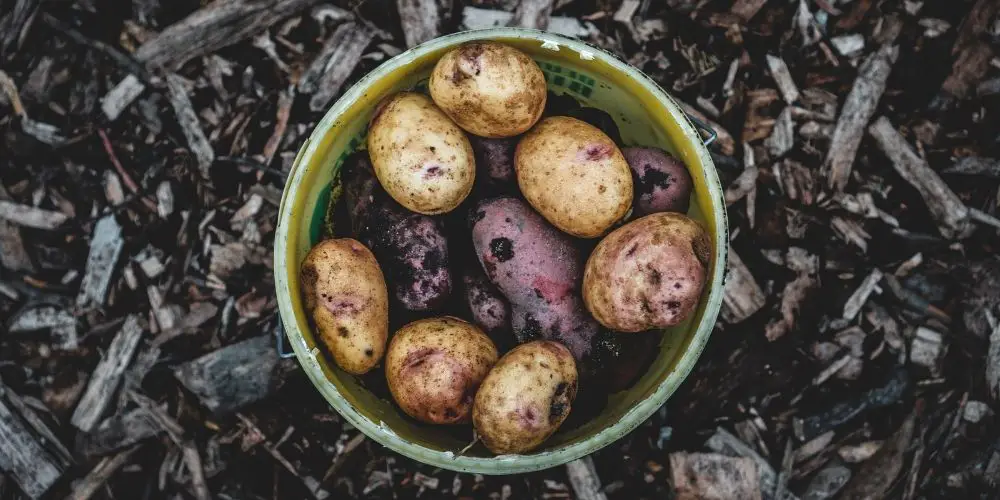Brassicas are a common crop found in farms around the world. Farmers and gardeners alike will often feed brassicas to their livestock such as chickens and pigs.
What Are Brassicas?

Brassica is a term used to describe a family of plants that are vegetables. It is a genus of plant species with a long list of members. Some examples of brassicas are cucumbers, mustard greens, brussel sprouts, cabbage, and broccoli. A majority of these plants are either annual or biennial but a handful of shrubs are considered to fit into the category.
There are over thirty wild species and hybrids, as well as a handful of cultivars that are included in the family of the genus. These plants are sometimes referred to as cole crops. This is derived from the Latin term “Calis” which translates to cabbage or stem.
Are Brassicas A Good Source Of Food For Chickens?
Brassicas are packed with vitamins and nutrients. This makes them an excellent source of nourishment for humans and most animals.
However, brassicas contain glucosinolates that are toxic. The highest concentration of these toxins is found in the seeds and young specimens of the plants. As the plants begin to mature, the levels of glucosinolates decrease tremendously.
Once this occurs, it is safe for chickens to consume brassicas as it would require a tremendous amount of them to have any negative effects on the chicken’s health. Chickens can also eat brassicas raw so there is no need to prepare or cook them.
Other Great Crops For Chickens
An alternative to brassicas that you may want to feed your chickens is any vegetable from the Cucurbitaceae family. This includes crops such as melons, cucumbers, squash, zucchini, and pumpkins. A majority of these plants are a great source of nutrition and hydration for chickens.
Melons grown in the summer are full of water and will help your chickens stay hydrated in the higher temperatures. Chickens will eat a variety of crops and most of them are healthy options for the animals. Small plants like peas, beans, and corn are viable sources of food for chickens as well as larger types like celery, fennel, parsnips, and carrots.
There are types of plants that should be avoided when planning a diet for your chickens. Crops that belong to the Solanaceae family. These crops are also called nightshades and can be potentially deadly to chickens. Examples of these plants include potatoes, peppers, tomatoes, and eggplants. These crops are considered to be poisonous to chickens and can be fatal if consumed.
- Here’s How to Prepare Soil and Compost For Roses
- Here’s Why Plants Need Misted
- Are seed potatoes good to eat?
What if you don’t want them to eat your crop?

If you have a garden that’s home to Brassica, then it’s very likely that your chickens will eat them. It can be frustrating to find your plants ravaged by hungry poultry, but don’t worry! There are several things you can do in order to stop the birds from eating all of your brassicas.
One great way to keep your chickens out of the garden is is by clearing out any possible entry points because these are often frequented by the chickens. This can be done with a wire mesh fence, chicken netting or even bricks laid out to create an obstacle course for your poultry.
Another way is by covering the plants in copper sulfate and then spraying it with water on a regular basis so that they don’t taste good enough to eat!
A great way to also keep chickens away from certain plants is to build its own little guard house for them with chicken wire and then attaching it to the ground. This will discourage your chickens from wanting to enter into that area of the garden because they are on alert!
Conclusion
Brassicas are ideal crops to feed chickens. They are nutrient-rich and are edible the moment they are harvest without having to be prepared. Farmers should use caution when feeding brassicas to their chickens and should avoid letting their birds consume the seeds or younger plants.
However, once the vegetables are fully grown the number of toxins is low enough to consume safely without any adverse side effects to their health. Brassicas should be introduced into a chicken’s diet slowly and should only be given to healthy flocks.















